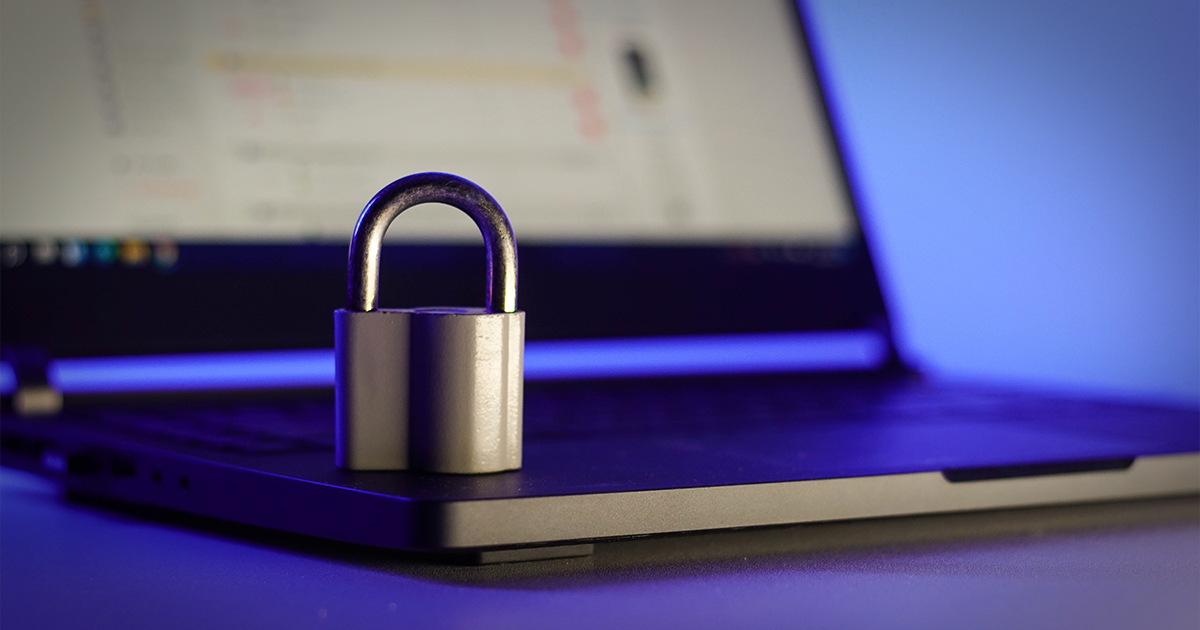
February 2024
Cybersecurity Threats in 2024: What You Need to Know

As technology continues to evolve, the cybersecurity arena faces an increasingly sophisticated array of threats. As we navigate through the year 2024, it's crucial to stay informed about the emerging cyber risks that could potentially impact individuals, businesses, and even nations. Let's delve into the prevalent cybersecurity threats currently and ways to bolster your digital defenses.
The Changing Face of Cyber Threats
1. Ransomware Attacks
Ransomware attacks have been a persistent menace, but cybercriminals are adopting more strategic and targeted approaches. Rather than indiscriminately targeting, these cybercriminals are focusing on high-profile targets and deploying advanced encryption techniques. Understanding the latest tactics can help individuals and organizations fortify their data against potential breaches.
2. Supply Chain Vulnerabilities
As technology ecosystems become more interconnected, supply chain vulnerabilities are becoming a prime target for cyber threats. Malicious actors are exploiting weak links in the supply chain to compromise software and hardware, posing a severe threat to the integrity of digital infrastructure. Vigilance in choosing and monitoring suppliers is crucial in mitigating these risks.
3. Zero-Day Exploits
Zero-day exploits target undisclosed vulnerabilities in software before developers have a chance to patch them. These stealthy attacks can be challenging to detect and prevent. Staying informed about the latest security patches and employing robust intrusion detection systems is essential for safeguarding against zero-day threats.

Emerging Trends and Concerns
1. AI-Powered Attacks
As artificial intelligence (AI) continues to advance, so do the capabilities of cyber attackers. The ability of AI-powered attacks to adapt and learn in real-time makes them particularly challenging to counter. To keep pace with these intelligent threats, cybersecurity measures need to evolve to incorporate AI-based defenses.
2. Cloud Security Risks: Ensuring Data Protection
With cloud computing's widespread acceptance, cyber threats now have more targets. Misconfigured cloud settings, insecure application programming interfaces (APIs), and unauthorized access to cloud environments are significant concerns. Implementing robust cloud security practices and regular audits are vital for protecting sensitive data stored in the cloud.
3. Phishing Attacks: Targeting Human Vulnerabilities
Phishing attacks, which remain prevalent, have seen increased sophistication as cybercriminals craft more convincing, personalized emails. Education and awareness programs are essential to empower individuals to recognize and avoid falling victim to phishing schemes.

Proactive Measures for Cybersecurity
1. Cyber Hygiene: Best Practices for Individuals and Organizations
Regularly updating software, using strong and unique passwords, and implementing multi-factor authentication are foundational aspects of cyber hygiene. Educating employees and users about these best practices can significantly reduce the risk of successful cyber attacks.
2. Incident Response Planning: Preparing for the Worst
Having a well-defined incident response plan is crucial in mitigating the impact of a cyber attack. This includes clear communication strategies, data backup and recovery procedures, and collaboration with cybersecurity experts to contain and remediate the breach.
3. Collaboration and Information Sharing: Strengthening the Cybersecurity Community
In the face of evolving threats, collaboration among cybersecurity professionals, organizations, and government agencies is paramount. Sharing threat intelligence and best practices can enhance the collective ability to detect, prevent, and respond to cyber attacks effectively.
As we traverse the digital landscape in 2024, the importance of cybersecurity cannot be overstated. By understanding the current threats and adopting proactive measures, individuals and organizations can fortify their defenses against the ever-adapting tactics of cybercriminals. Staying informed, practicing good cyber hygiene, and fostering collaboration within the cybersecurity community are essential steps in creating a resilient digital environment for the future. Remember: the best defense is a vigilant and well-prepared offense.
Written by Ana Paula Albert, Creative Copywriter